How to spice up your dish with this ancient culinary method
BY DBS, 31 MAY 2022
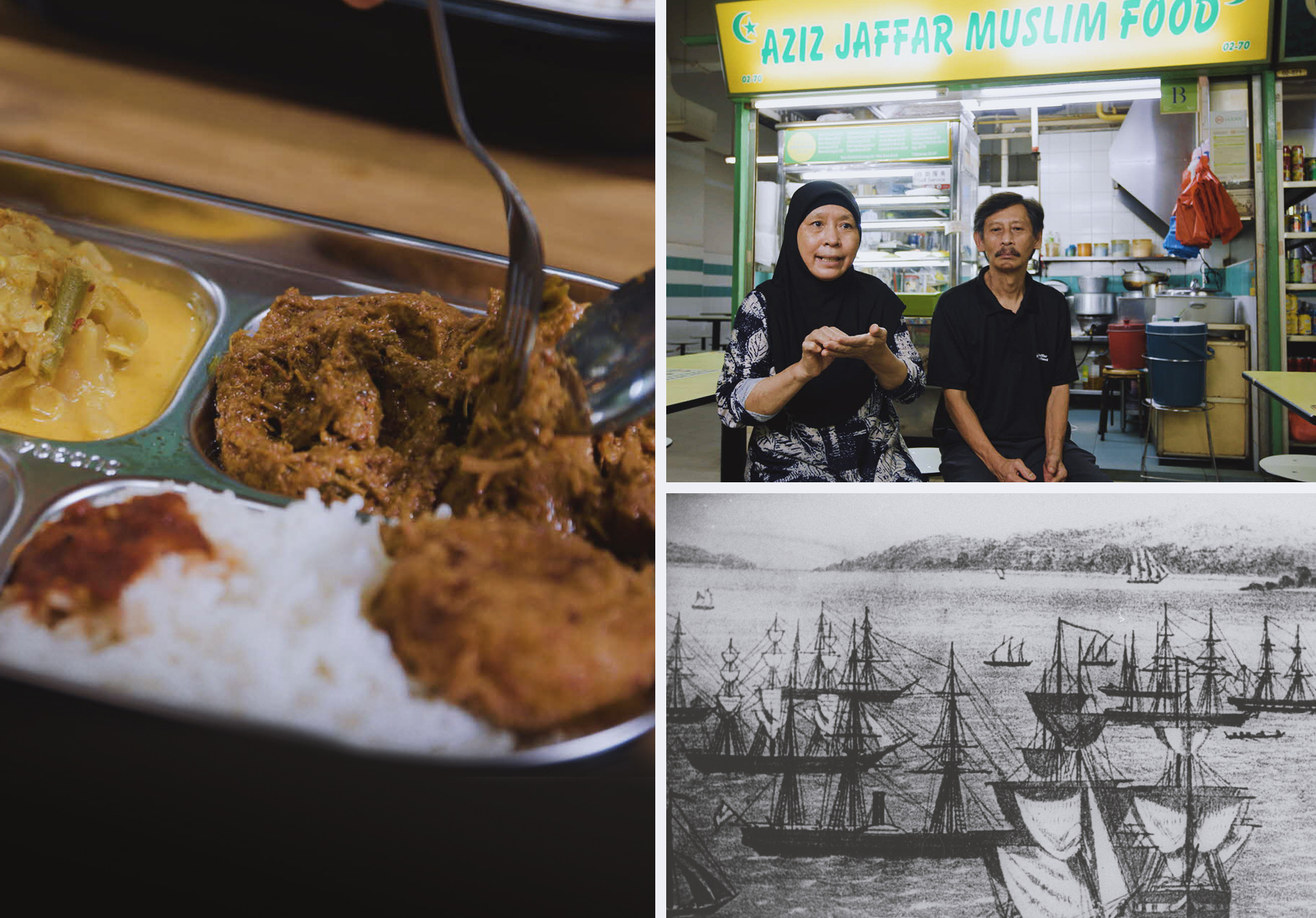
Before refrigeration, natural preservation not only kept food fresh for longer, it packed in the familiar flavours we love
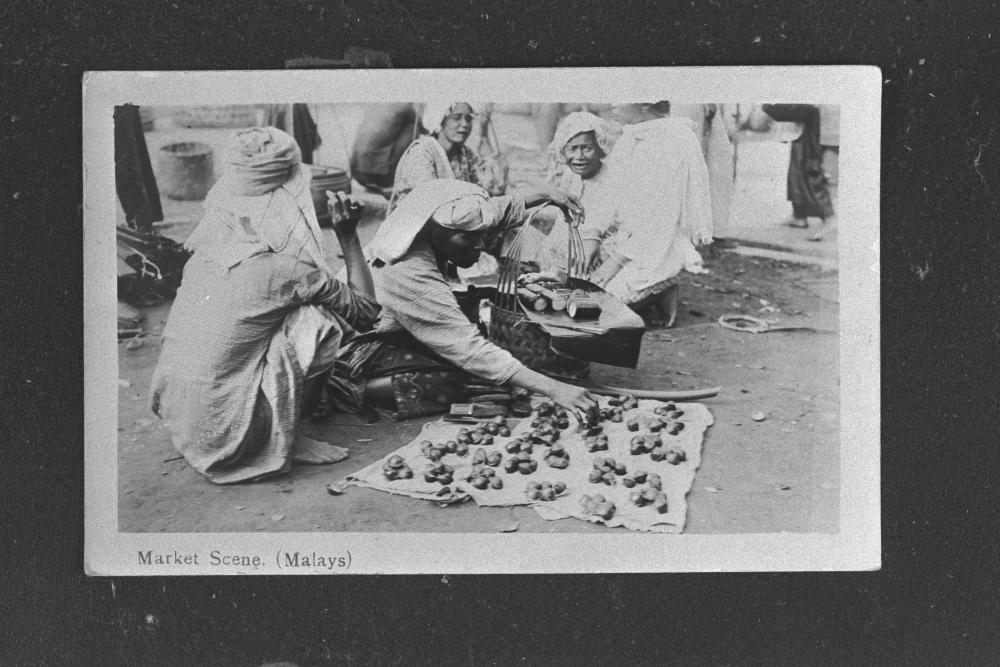
Photograph courtesy of Mrs J A Bennet Collection, National Archives of Singapore
In the 16th century, a long journey to the next trading port would mean that the Minang people would need to have sufficient food on board.
To stay nourished, dry Rendang – a traditional dish believed to originate from West Sumatra and stewed in coconut milk with spices, was often wrapped in plantain or banana leaves, and brought on voyages as it was long-lasting.
Andalas University historian Professor Gusti Anan believes that Rendang was made popular in the Malay Peninsula (formerly part of Malaysia and Singapore) when traders from Minangkabau introduced the dish to Malacca.
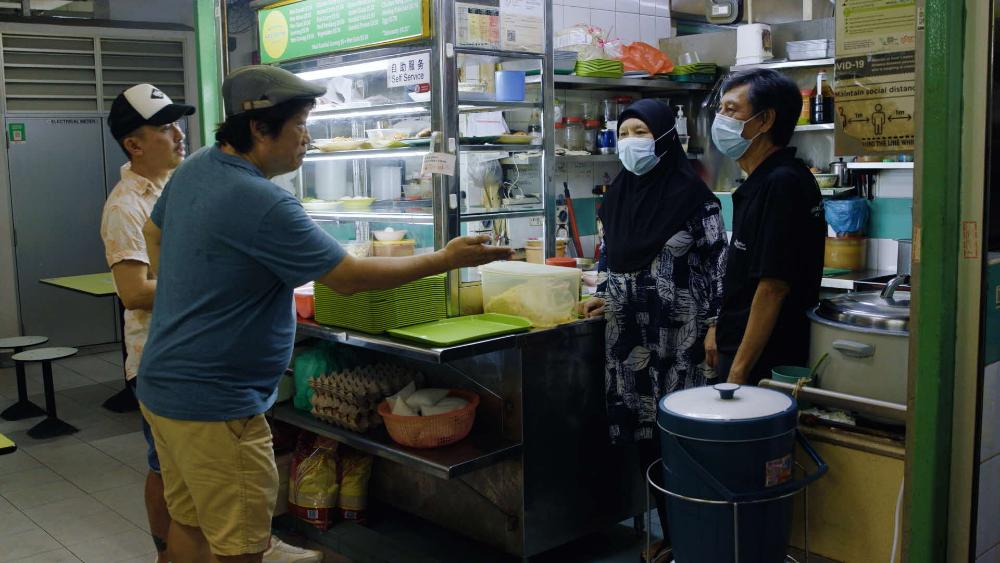
To understand how the dish has evolved in modern day Singapore, hawker champion KF Seetoh and ex-MasterChef contestant Aaron Wong, visit Aziz Jaffar Muslim Food at Chinatown Complex Food Centre (part of DBS’ Adopt-A-Hawker initiative).
The duo meets Makcik Roz and her family who have been running the business for almost two decades. Makcik Roz and her husband, Pakcik Aziz, impart culinary wisdom from their ancestors, sharing the rich history behind Rendang.
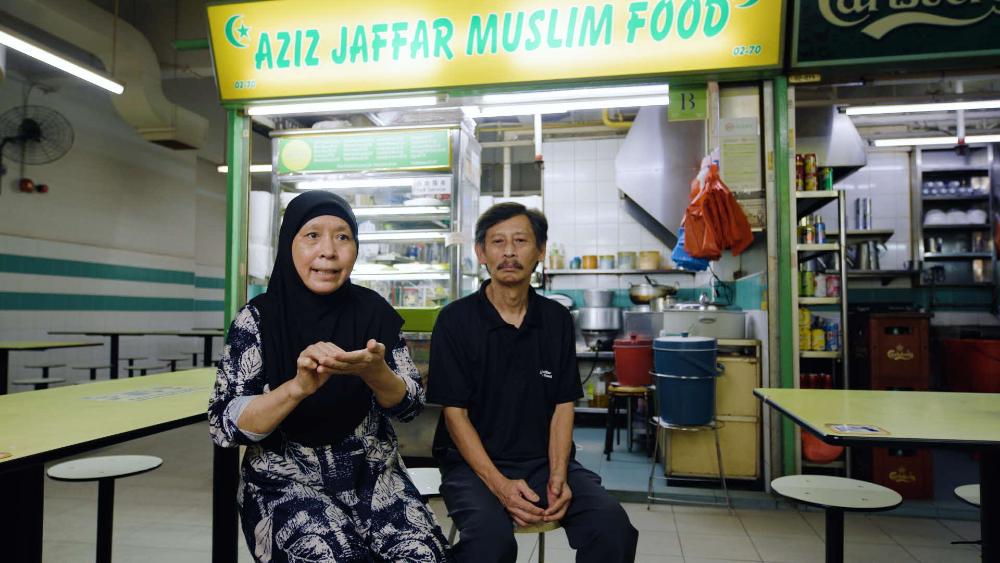
Unlike the traditional Minangkabau recipe, Makcik Roz serves her best-selling Rendang as a stew. She finds that her regulars enjoy pairing the Rendang gravy with white rice.
As a hawker veteran, Makcik can also estimate the demand for her Rendang to ensure no leftovers. If there is any extra food by the end of service, the family packs it up and gives the meals away to those working around the hawker centre.
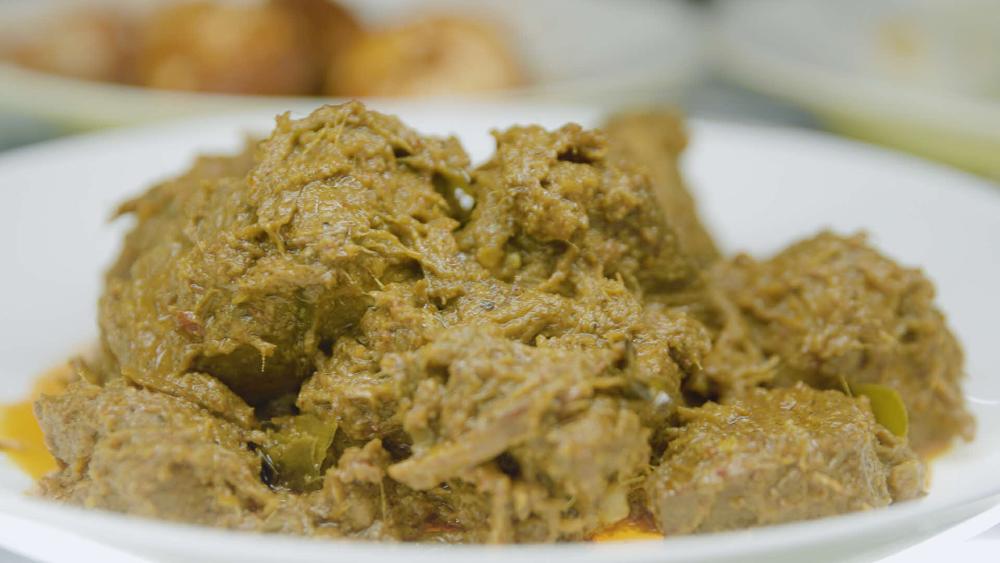
"Sayang! You see your food get thrown away. It is better to give it to others to eat.”
- Rozita binti Abdul Aziz, hawker stall owner.
The elderly couple also shares with viewers how they can minimise food waste by ensuring that trips to the market are accompanied with a grocery list. By keeping a fixed list of ingredients based on the dishes they’re preparing that day, unused ingredients can be saved from the bin.
In the second episode of More taste, Less waste, KF Seetoh and Aaron Wong learn how the preservation methods of our forefathers have packed big flavours into delicious Rendang.
Learn more about how you can continue your journey #TowardsZeroFoodWaste.
Find out more about DBS’ other partnerships and initiatives #TowardsZeroFoodWaste.